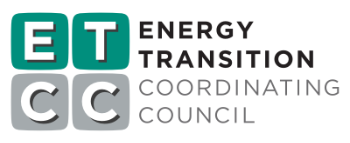Project Info
ACTIVE
Project Title
Commercial Building Duct Sealing Energy Savings and Cost Analysis
Project Number ET24SWE0048 Organization SWE (Statewide Electric ETP) End-use Whole Building Sector Commercial Project Year(s) 2024 - 2025Description
In commercial buildings where forced-air heating and cooling systems are employed, the efficiency of ductwork plays a pivotal role in both energy management and indoor air quality. According to the U.S. Energy Information Administration's (EIA), ventilation systems in commercial buildings consume around 1.54 quadrillion British thermal units of energy consumption nationally, or roughly 29 percent of total heating, ventilation, and air conditioning (HVAC) energy use in commercial buildings1. Another study concluded that air-leakage rates in duct systems can range from 0% to 30%, with most measurements falling between 10% and 20%.
Per California Public Utilities Commission (CPUC) feedback on San Diego Gas and Electric’s (SDG&E) measure package plan for SWSV017-01 Duct Seal, Commercial measure package, this project will focus on evaluating duct sealing technologies in commercial buildings, emphasizing single zone HVAC systems for small commercial buildings serving less than 5,000 square feet of conditioned floor area. Prior field studies and energy simulations have shown duct sealing can save 12-34 percent fan energy use, leading to 2 percent electricity saving per building depending on existing HVAC system types and conditions. The goal of this project is to provide data necessary to support the development of a measure package offering by utility programs for commercial duct sealing technologies and thus increasing the adoption of effective duct sealing by HVAC professionals.
Assessing energy performance requires detailed simulations of how duct sealing affects HVAC system efficiency in commercial buildings. In addition, measure development requires defining the base case versus proposed measures and associated costs. This analysis will involve modeling different scenarios, considering varying levels of duct leakage, the effectiveness of different sealing methods in reducing these leakages and the costs of each approach.
Due to limitations in EnergyPlus for modeling duct leakage, the energy simulation outputs will be compared with secondary data sources, including existing literature and field results from other resources.
While the direct development of a measure package is not within the scope of this study, the findings directly support the development of measure packages by utility programs. In coordination with SDG&E, the project team intends to conduct a market characterization study (proposed separately) and this study as measure development support, while SDG&E will fund the measure development process separately.
